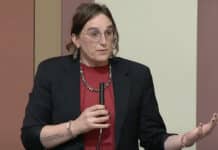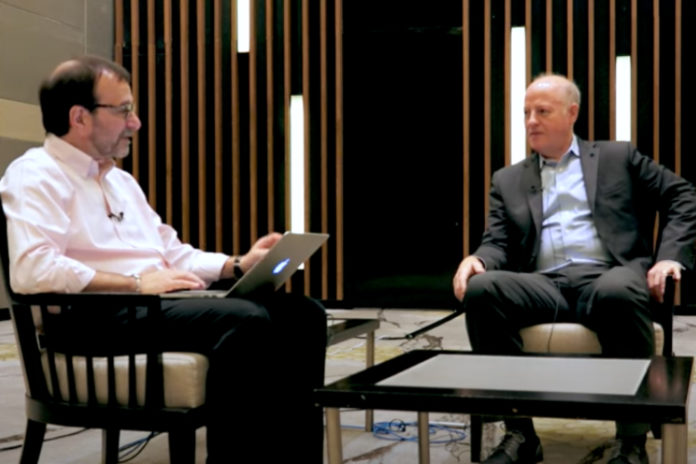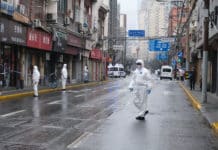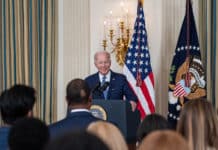(Daily Caller News Foundation) — A U.S. doctor who is part of the World Health Organization team investigating the origins of the COVID-19 pandemic discussed his work manipulating bat-based coronaviruses in labs just weeks before the COVID-19 outbreak in Wuhan.
Dr. Peter Daszak, a close associate with China’s premier bat-based coronavirus researcher and a key figure in directing taxpayer funds to the Wuhan Institute of Virology, explained how easy it was to alter coronaviruses during a podcast interview filmed Dec. 9, 2019.
“You can manipulate them in the lab pretty easily,” Daszak said. “Spike protein drives a lot of what happens with the coronavirus. Zoonotic risk. So you can get the sequence, you can build the protein — and we work with Ralph Baric at [the University of North Carolina] to do this — and insert the backbone of another virus and do some work in the lab.”
It’s unclear where the coronavirus manipulation Daszak described in the podcast, also known as gain of function research, was conducted. Daszak did not return multiple requests for comment.
Daszak said that manipulating coronaviruses in labs is a useful tool in developing treatments and vaccines for potential future outbreaks, but some virologists say such research is playing with fire.
“The only impact of this work is the creation, in a lab, of a new, non-natural risk,” Rutgers University molecular biologist Richard Ebright told New York magazine.
There’s no evidence suggesting that Baric’s lab at the University of North Carolina had anything to do with COVID-19. However, the high-containment lab was the site of a “near-miss” incident in 2016 after a researcher was bitten by a mouse infected by a lab-created variant of the SARS coronavirus, according to ProPublica.

















